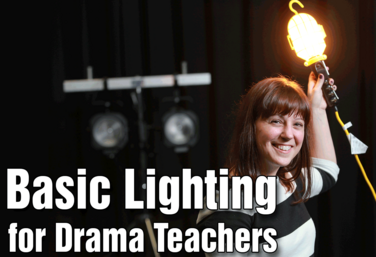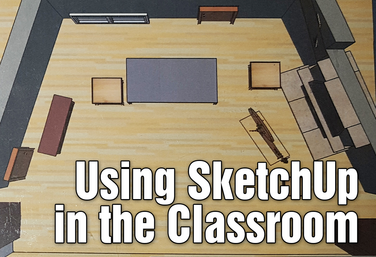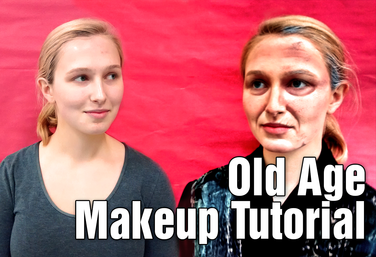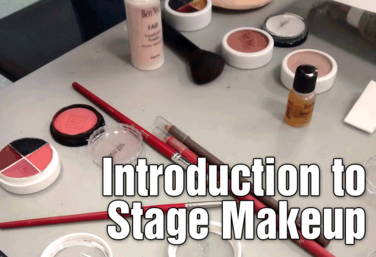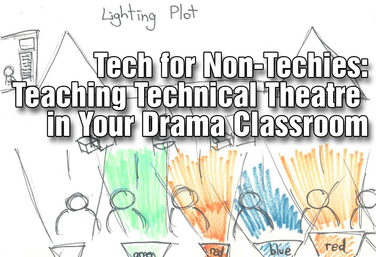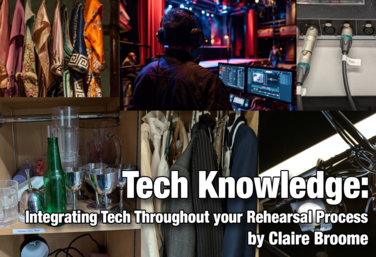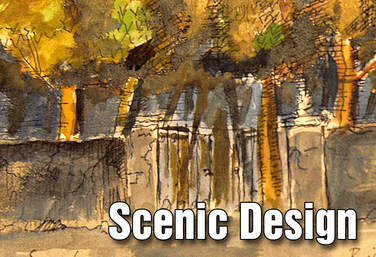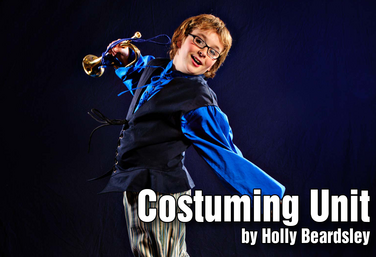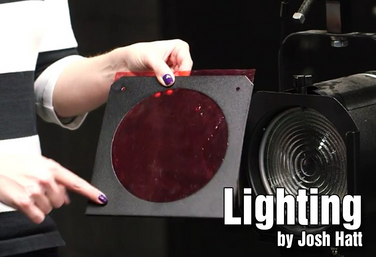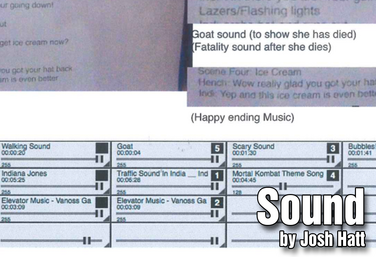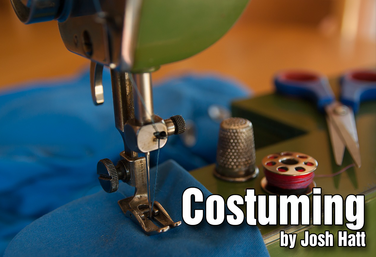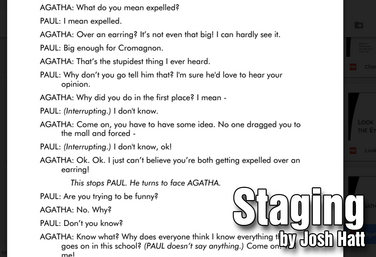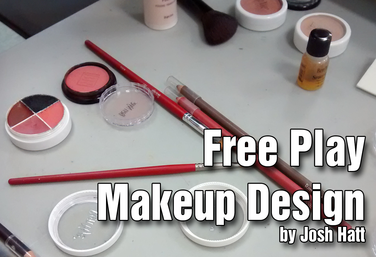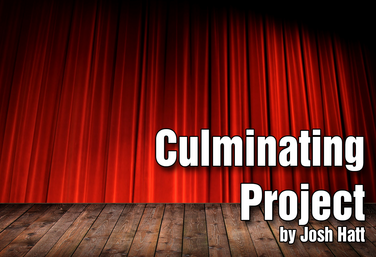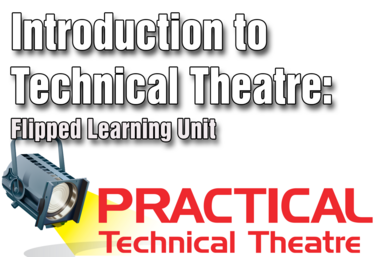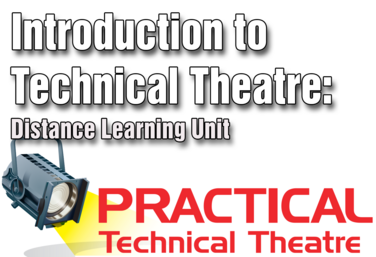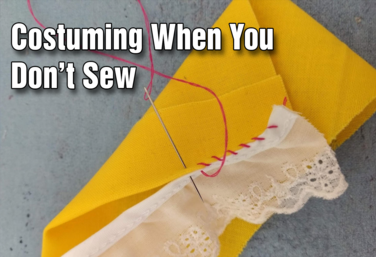Items tagged "Technical Theatre"
6 Courses, 12 Units, 8 Lesson Plans, 9 Resources, and 2 PLCs tagged "Technical Theatre" for Drama Teachers.
Courses
Basic Lighting for Drama Teachers
by Claire Broome
Using SketchUp in the Classroom
by Ray Palasz
Old Age Makeup Tutorial
by Matt Webster
Introduction to Stage Makeup
by Matt Webster
Tech for Non-Techies: Teaching Technical Theatre in Your Drama Classroom
by Josh Hatt
Tech Knowledge: Integrating Tech Throughout Your Rehearsal Process
by Claire Broome
Units
Scenic Design
by Karen Loftus
Costuming
by Holly Beardsley
Lighting
by Josh Hatt
Sound
by Josh Hatt
Costuming
by Josh Hatt
Staging
by Josh Hatt
Free Play Makeup
by Josh Hatt
Culminating Project
by Josh Hatt
Introduction to Technical Theatre: Flipped Learning
by Lindsay Price
Introduction to Technical Theatre: Distance Learning
by Lindsay Price
Tech Theatre Unit: Costuming When You Don't Sew
by Drama Teacher Academy
Technical Theatre: Leadership in Theatre
by Michelle LoRicco
Lesson Plans
Stage Management: Know the Details
by Anna Porter
Stage Managers in Rehearsal
by Karen Loftus
Building Stage Flats
by Karen Loftus
Properties & Prop Design
by Karen Loftus
Creating Ambiance
by Holly Beardsley
Stage Management Calls Game
by Karen Loftus
Technical Theatre Performance Challenge
by Kerry Hishon
Emergency Lesson Plan: Solving Tech Problems
by Lindsay Price
Resources
Poster: Scene Shop Safety
Lighting Exercise
Activity: Sort the Props
Stage Management Staff Breakdown
Tech Hacks and Exercises
Keith Rollins: Experience at FX University
Practical Technical Theatre: Digital Programs
Tech Knowledge: Integrating Tech Throughout Your Rehearsal Process
Student Tech Teams: Worksheets
PLCs
Technical Theatre
Hosted by Matt Webster and Karen Loftus
Tech Hacks: Tips and tricks to make your production a technical success!
Hosted by Matt Webster and Holly Beardsley
